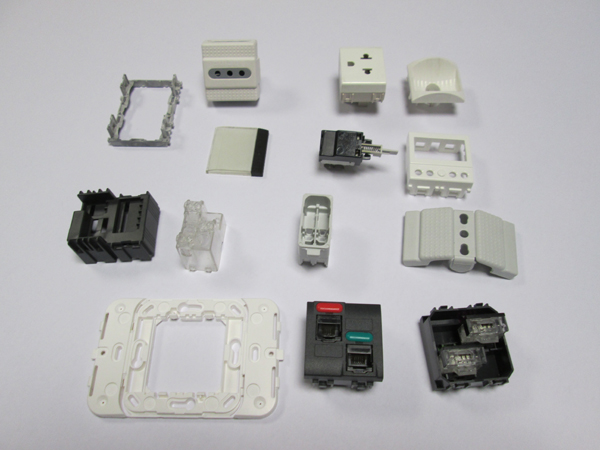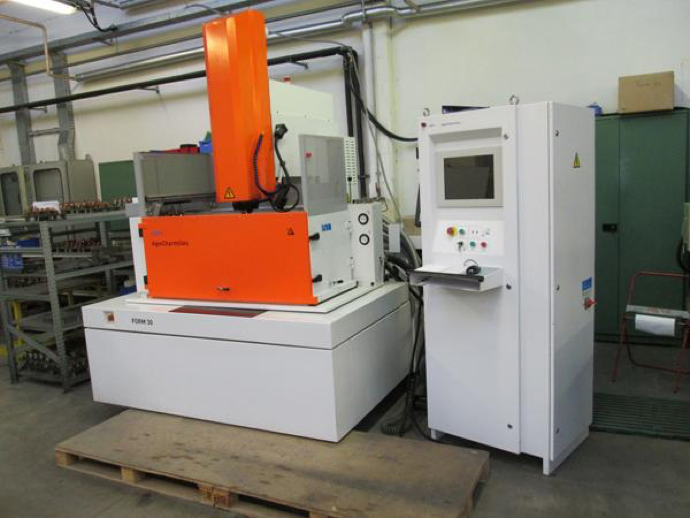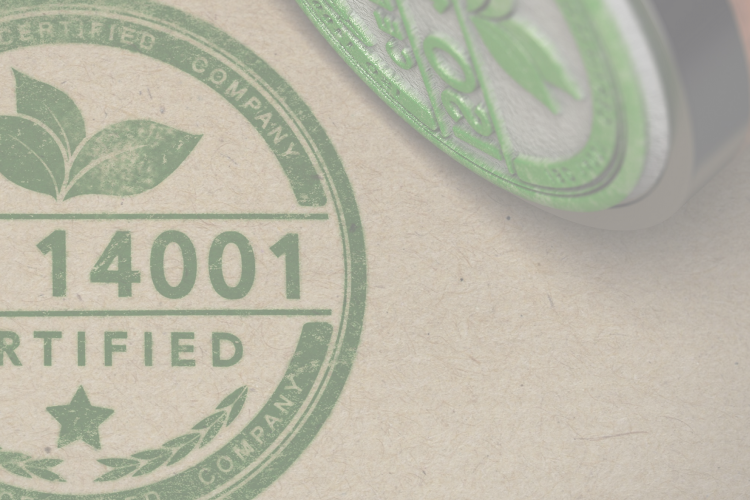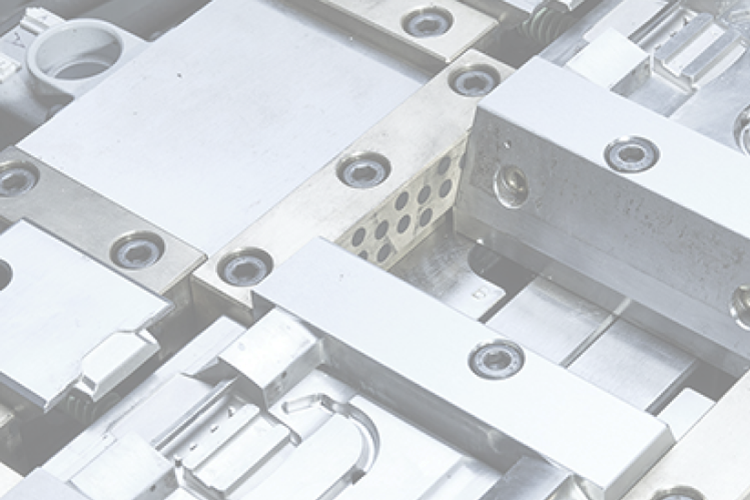The main plastic injection molding techniques
Thanks to their chemical and mechanical properties, plastics are today among the main materials used in the production of various types of objects and components. The main method of production of plastic objects is molding: through the use of one or more molds, components in polymeric plastic material are made, based on production and design requirements.

Which are the main plastic injection molding techniques
The most common plastic molding techniques are:
- Injection molding
- Compression molding
- Thermoforming
- Blow molding
- Rotomolding
Let’s see the main properties:
Injection molding
This molding technique involves heating and melting of the plastic material, which is then placed inside a closed mold. After the material solidifies, the mold can be opened and the new component produced can be pulled out.
In the injection molding technique, which it’s carried out by means of an injection press, the temperature and the pressure of the plastic are very high in order to guarantee a better fluidity inside the mold.
Compression molding
Compression molding is carried out with a dedicated press in which the aluminum or steel mold is fixed on the work surface. Basically, plastic molding is carried out by vulcanizing rubber: this is a very flexible technique as it allows different types of inserts to be incorporated into the product.
Also in this case, pressure and temperature are very high and vary a lot during the whole procedure.
Thermoforming
Thermoforming is a plastic molding technique that is performed from films or sheets under pressure or vacuum using a thermoforming machine.
If under pressure, the sheet rests on the mold by pressure through air, which speeds up cooling.
If under vacuum, the sheet or film attaches to the mold by suction, inheriting its shape.
This molding technique is generally used for blisters, trays, panels used in the automotive industry and food grade trays.
Blow molding
It is a molding technique used in particular for the production of hollow-shaped articles.
The polymeric material in the form of granules is heated and transformed into a paste-like compound
After that, it is injected or extruded so that it takes on a tubular shape and closed in a specific mold where it can take on its final shape.
It is during the final phase that air is blown in, allowing the plastic material to swell until it adheres to the walls of the mold.
Rotomolding
It is a plastic molding technique widely used to realize large hollow products such as vases, toys, forniture, skips.
The plastic material in powder form is fed into a mold where it is heated and rotated on two axes so that the plastic can adhere to the walls. The product is then cooled and finally extracted.

From mold production to molding: plastic injection molding technique by Idea Stampi
Idea Stampi is specialized in injection molding and micromolding: specifically, it produces injection molds. The production of injection molds is made for different production volumes, depending on the customer's needs: for small series, for medium volumes and for large volumes.

In all these cases, molds produced by Idea Stampi guarantee a very high level of precision, durability over time and resistance: in fact, the main goal is satisfying at best the customers’ requiriments. For this reason, every customer is involved in every step of the process, from the design to the mold test.
In addition, upon request, Idea Stampi offers its customers also a service of plastic injection molding. Thanks to the versatility of the technique, it is possible to reach a high level of productivity in a short time, reducing at the same time the production costs and obtaining precise and high-quality products.
If you are looking for plastic injection molding technique service, you are in the right place
Contact us for more information





